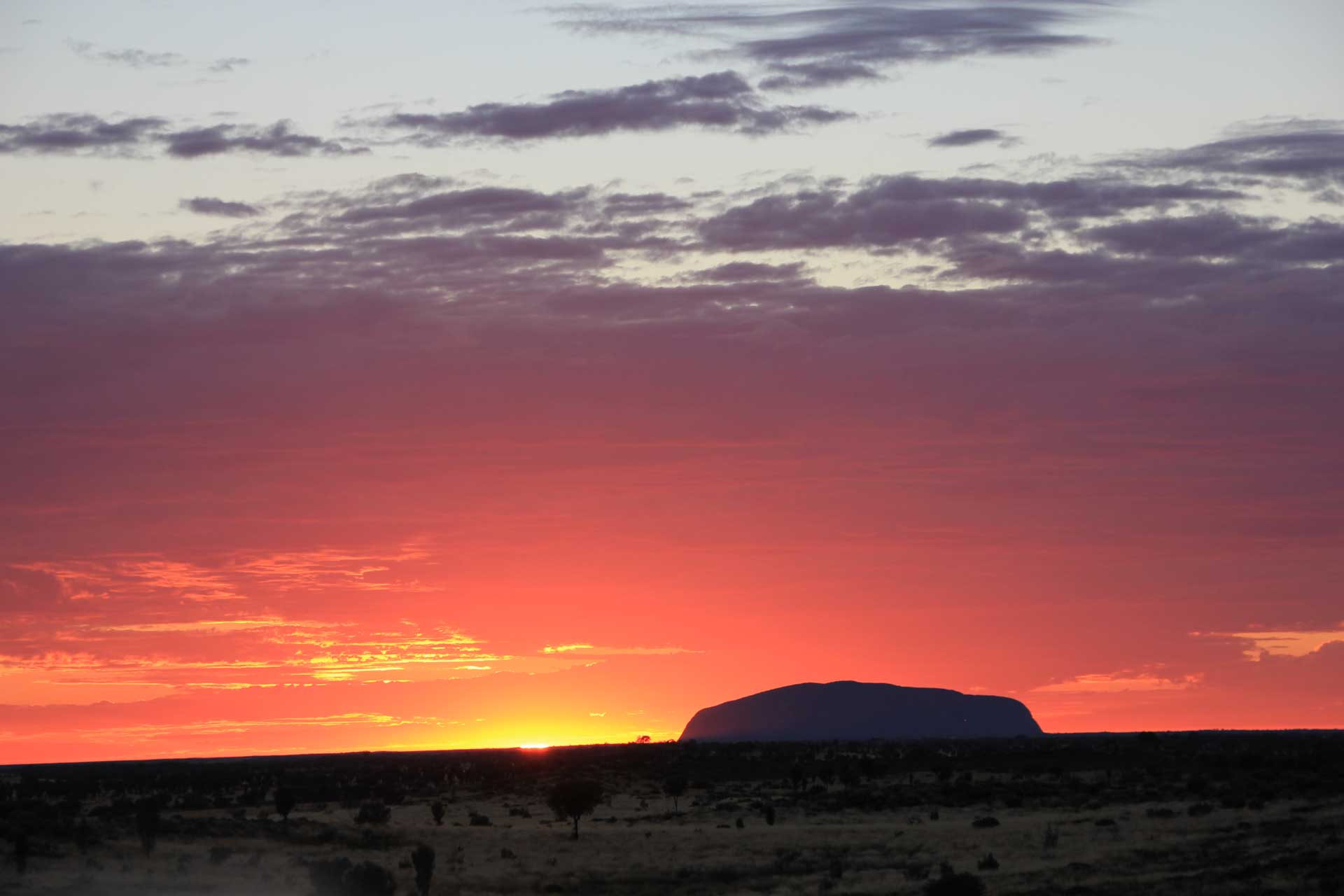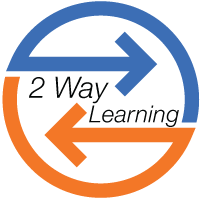The term ‘two-way learning’ is often used interchangeably with ‘both way schooling’ and ‘bilingual education’. Current literature suggests that ‘Bilingual education’ programs involve the teaching of literacy skills in First Language as the prerequisite for the introduction of literacy in English. The first ‘bilingual education’ programs commenced in the Northern Territory in the late 1960’s. However, much credit is given to the Whitlam government for initiating bilingual education programs, commencing in Western Australia in 1972. Aboriginal Educators, while supporting bilingual education, saw these programs dominated and controlled by white bureaucrats.
In 1974 Pincher Nyurrmiyarri from Dagaragu articulated the concept of ‘both ways education’ as the sharing of power and information between ‘blackfella’ and ‘whitefella’.
‘Both ways education’ is often attributed to Yolngu Elder, Raymattja Marika who believed that ‘both ways education’ meant more than just having print literacy in two languages. She strongly advocated for Yolngu language and cultural understanding to become the basis for and foundation of the curriculum, gradually transferring onto new Western academic skills through the schooling system. This thinking is the basis of many community schools, especially in Western Australia.

‘2 Way Learning’ recognises all three philosophies.
- The use of First Language to promote literacy and numeracy development
- The use of First Language and cultural understanding to form an essential component of the Australian curriculum
- The sharing of power and information between ‘black fella’ and ‘white fella’.
In 2012, the Director initiated the immersion of secondary students into a remote Aboriginal community. These annual experiences reinforced the importance of connecting people from different cultures to learn with and from each other.
In a Submission to the Australian House of Representatives Committee for Indigenous Affairs, the Association of Heads of Independent Schools of Australia (AHISA) highlighted the importance of ‘two-ways learning’. While their submission relates only to First Nations Peoples, they noted that “Leaders emphasise there must be a preparedness for ‘two-ways learning’ if cross-cultural efforts are to be successful, sustainable and have their greatest impact.”
While the genesis of ‘2 Way Learning’ is inextricably linked to Aboriginal education, the Director recognises the importance of connecting people from different cultures to learn with and from each other irrespective of whether those individuals are located locally, Australia wide or internationally. The aims of international education identified by the United Nations Educational, Scientific and Cultural Organisation (UNESCO) in 1996 are still relevant 2 decades later. The aims include
- respect for cultural heritage and protection of the environment
- intercultural understanding which encourages the convergence of ideas and solutions to strengthen peace
- feelings of solidarity and equity at the national and international levels.

The Director’s association with international schools has highlighted the importance of students developing global competencies to share practices and information across physical borders. The acquisition of new knowledge facilitates a better understanding of different cultures, which assists students to become wiser and better informed global citizens.
